100+ Years Later: Why the Titanic Still Haunts Us Today
Table of Contents
Introduction
Over a century has elapsed since the tragic story of the RMS Titanic was carved in history through its fateful maiden voyage. However, the devastating story about the “unsinkable” vessel amazes people from everywhere in the world to date. The Titanic’s story is one of grandeur and tragedy, innovation and hubris, and above all, human drama. By unearthing the many sides of the Titanic’s survivor legacy, this article takes a look at why this maritime disaster has such power and fascination more than 100 years after it happened.

Historical Significance of the Titanic
The Time of the Titanic
Early 20th Century Setting
Actually, the Titanic is a time capsule in itself, resulting from the advances and societal attitudes of the early 20th century. This period was regarded as the Edwardian Era wherein the industrial development of that country was tremendous and optimism about future was felt. The Titanic was the ultimate flowering of this engineering status and luxury of its time.
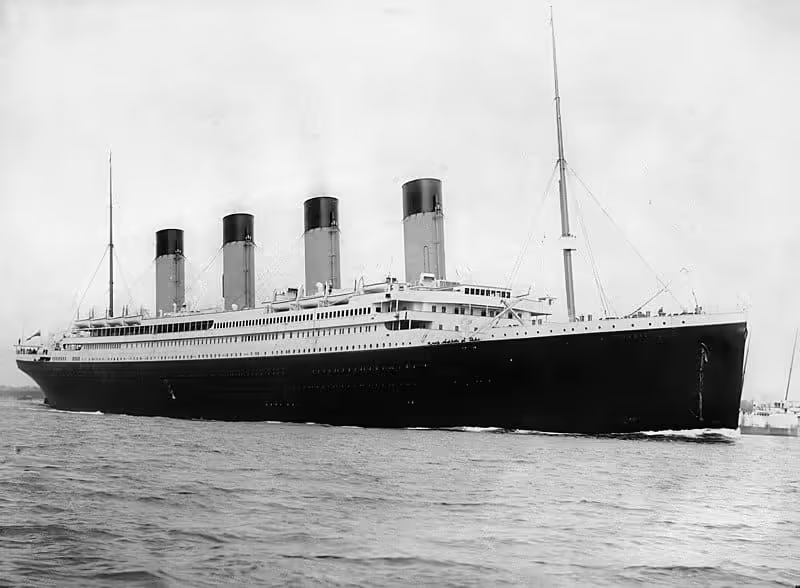
Construction of Ship and Maiden Voyage
This ship was ordered for maximum luxury and size on the slipway of the vast Belfast shipyard of Harland and Wolff. There was no doubt about its maiden voyage from Southampton to New York City; all who could afford the ticket were scrambling for a seat. People from different strata of society flocked to board her because of the promises of splendor her creators had made-the most luxurious experience ever created.

The Disaster and Its Aftermath
Sinking and Death
On the evening of April 14, 1912, the Titanic collided with an iceberg and went down in the early morning hours of April 15. The disaster accounted for more than 1,500 dead, making it one of the deadliest maritime tragedies in history. The scale of loss, coupled with circumstances surrounding its sinking, stunned the world into a global reaction.
Immediate Global Reactions
News of the sinking of the Titanic truly was arousing and provoked a very powerful global reaction. The newspapers around the world wrote extensively about this calamity, and public mourning characterized the entire nation. The tragedy threw bare the vulnerabilities of modern technology and brought forth immediate calls for better regulation in maritime safety.
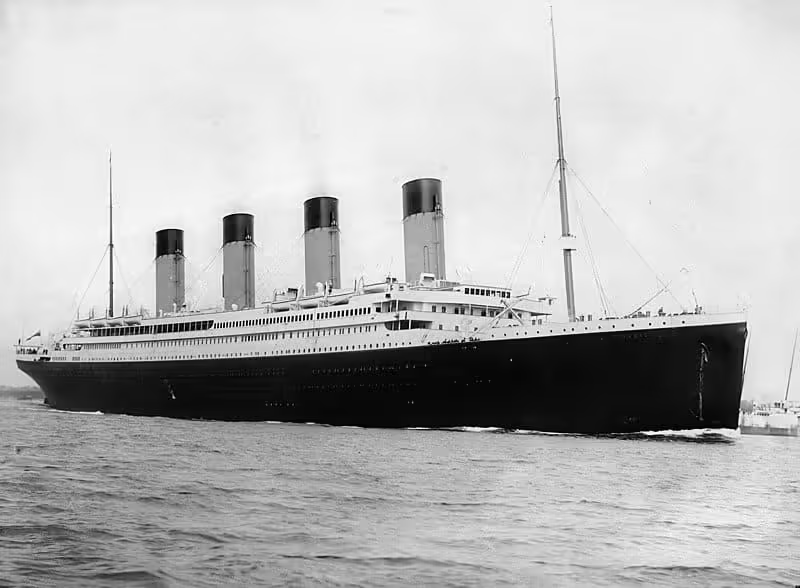
Technological Wonder and Human Aspiration
Engineering Inventions
The Design and Construction
The Titanic was a marvel of modern engineering, epitomizing the best that modern engineering could offer at the time in terms of technological and design standards. Its safety features were also more advanced for its time, including those watertight compartments and remotely activated watertight doors. However, the construction of this ship was also marred by ambitious cost-cutting measures that sealed its tragic fate.
Novelties and Luxuries On Board
The Titanic boasts with the most up-to-date luxuries, from a heated swimming pool and squash court to lavish dining rooms and sumptuous cabins. This level of opulence is testament to the technological state of the times and what luxury truly could mean for the masses.

Symbol of Human Aspiration
The Dream of Unsinkability
The Titanic was marketed as “unsinkable,” a testimony to the efficiency and grandeur of human ingenuity and technological progress. This faith in the indestructibility of the ship points to the pride and confidence of the time in the achievements of humankind and, at the same time, to the humbling that the disaster befell them all with.
Titanic’s Place in the Industrial Age
The Titanic was, for the people of its time, a prime example of the apogee time of the Industrial Revolution when it seemed men’s mentality was limitless. The sinking of the ship was therefore a very stern reminder of the limitations of human power against nature-a lesson in humility and wariness of man’s technological prowess.

Personal Stories and Human Drama
Passengers and Their Stories
Stories of Survival and Heroism
The Titanic had its fair share of passengers; everyone has a story to tell. Stories of survival and heroism such as Molly Brown who was often termed “Unsinkable” and the musicians who played as the ship went down have become legendary. Personal narratives add a deeply human element to this historical event.
Tragic Tales of Loss
Side by side with these stories of survival are heartbreaking accounts of loss. The tragic deaths of the more famous passengers, including John Jacob Astor IV and the many anonymous third-class passengers, lend weight to the impact of this tragedy. Such tales remind us of the cost of human lives lost.
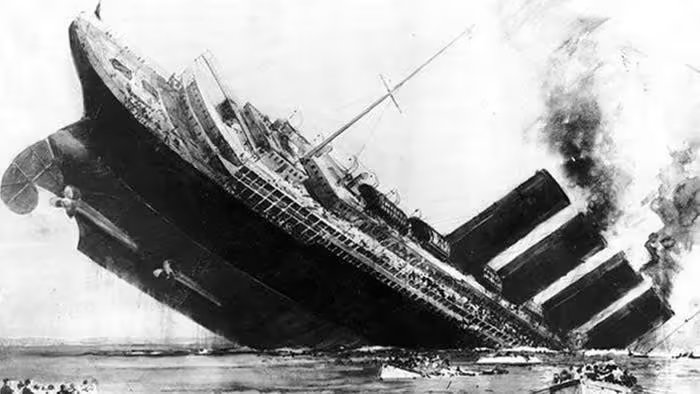
The Crew and Their Sacrifices
Roles and Responsibilities
From the captain to engineers, all the crew of Titanic had played a crucial role in keeping working the ship and later during emergencies. Their efforts in work of evacuation and keeping things in order under awful circumstances speak well of their commitment and bravery.
Acts of Bravery
It was the bravery of so many of the crew that shines out from the story of sinking. The captain, Edward Smith, accompanied his ship down to the bottom. Captain Charles Joughin, chief baker, was said to have swum in the freezing Atlantic for hours before being rescued. He remains a hero to this day. So with all the myth and mystery surrounding the Titanic and legends and conspiracy theories surrounding the sinking, this can only be said about the Sinking:
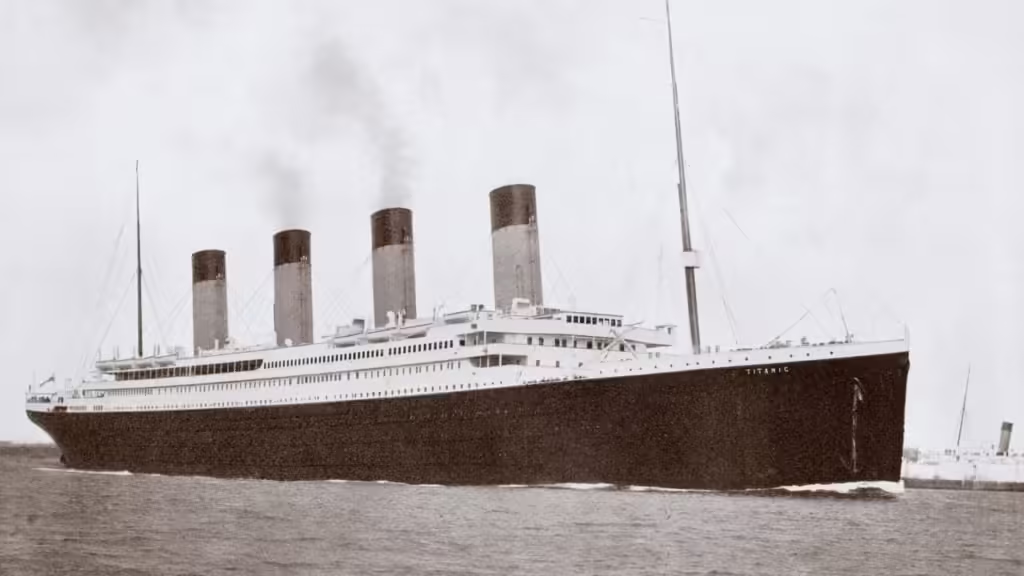
Many legends and myths have been included in the Titanic’s story over time. Such claims as viewing the ship’s number, 390904, in the mirror, which read “NO POPE”, or that a mummy’s curse destroyed the ship, were the notions people believed in. These myths added mystery to the Titanic’s legacy.
Popular Conspiracy Theories
There are perhaps several ways that conspiracy theories about the sinking of the Titanic continue to capture the imagination of many. Most famously, perhaps, is that the Titanic was simply switched out for her sister ship, Olympic, in a massive insurance scam. Others believe that the ship sank due to an act of sabotage. All of which have long been disproven, but do reflect one area where people remain intensely fascinated with Titanic: namely, where is the wreck?
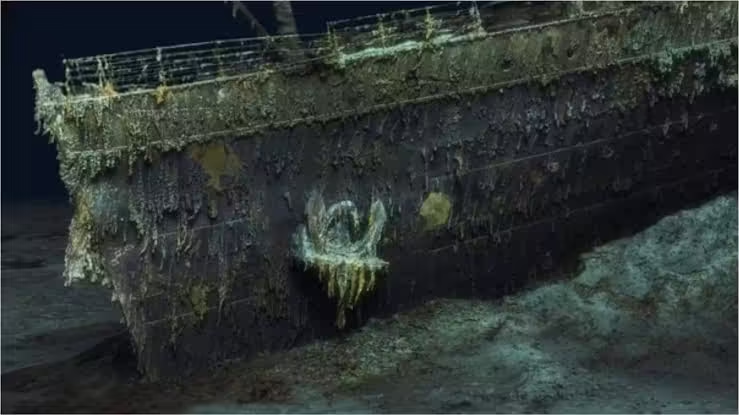
The Search for Wreck
Pre-Locating Search Efforts
Soon after the tragedy, there were searches for the Titanic wreck, but such searches were impeded at the time due to available technology. In fact, the actual discovery had many years and even decades of attempts and speculations before hand.
Discovery and Exploration of the Wreck
In 1985, just after seven decades have passed since the sinking of the Titanic, Dr. Robert Ballard and his expedition discovered the wreck of the Titanic. Explorations of the wreck have greatly informed the last moments of the ship and also preserved much artifact; thus, interest in the public has been boosted.
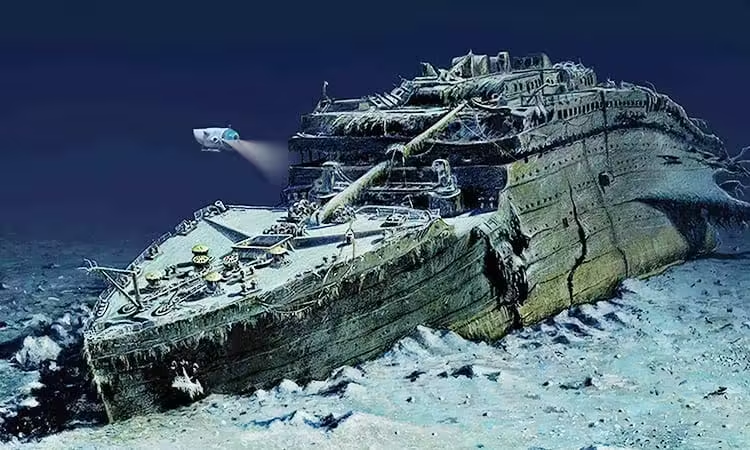
Cultural Depictions of Titanic
Literature
Primary Sources and Historical Writings
The Titanic disaster has inspired a plethora of books and historical accounts. Among the most unforgettable and authoritative works regarding the subject is that of Walter Lord, “A Night to Remember,” which had been able to portray the events at length and in emotive detail.
Novels Inspired by the Tragedy
For instance, romances and melodramas are juxtaposed onto the Titanic in works like Danielle Steel’s “No Greater Love.” These books inhabit the popular imagination where history meets creative imagination.
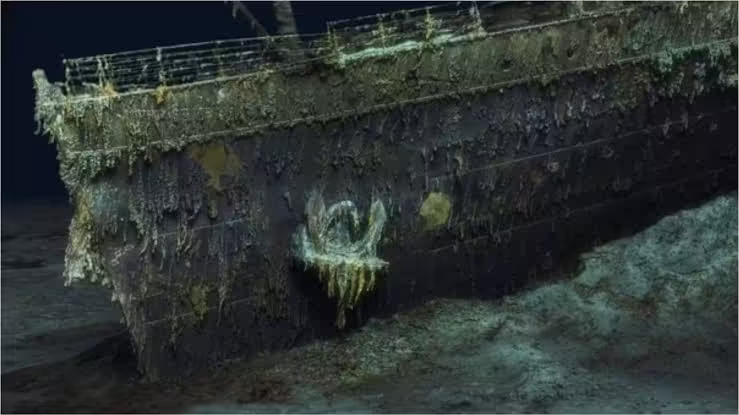
Films and Television
Documentaries
The documentaries ‘Titanic: The Final Word with James Cameron’ and ‘Titanic: 20 Years Later with James Cameron’ are focused on analyzing and reconstructing the sinking with historians and engineers giving their findings.
Blockbuster Films, such as James Cameron’s Titanic
Amongst the greatest grossing movies of all time, James Cameron’s 1997 film “Titanic” combines twistingly knobbed history, drama, romance, and spectacular special effects on the Titanic, its tale catapulting it into a whole new dimension, to ensure a place for itself at the forefront of pop culture.

Memorials and Museums
Commemorative Events and Anniversaries
Annual Remembrances
Every year, memorial services and events are held to pay respect to those who lost their lives aboard the Titanic. They are usually held in places closely associated with the ship’s history so that memory of those people who died at the bottom of the ocean would not perish.
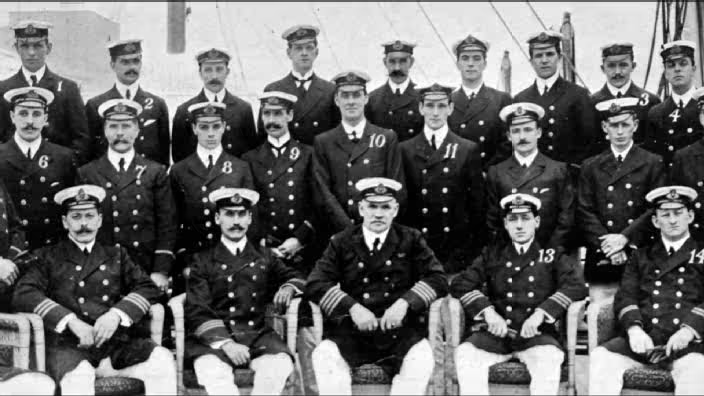
Special Exhibitions
Throughout the world, museums and other institutions erect special exhibitions featuring Titanic artifacts and memorabilia. Visit any of these exhibitions and you can have a tangible connection to the past, as well as help contextualize the historical import of the disaster.
Titanic Museums and Exhibits
Permanent Exhibitions
Permanent Titanic exhibits, which include Titanic Belfast in Northern Ireland and the Titanic Museum Attraction in Pigeon Forge, Tennessee, offer their visitors vivid exhibits of artifacts, personal items, and recreations of the ship.

Traveling Exhibitions
Traveling exhibits such as “Titanic: The Artifact Exhibition” bring parts of history to the audience all over the world. These exhibitions are usually interactive and often have personal stories involved, so history becomes open to many.
Contemporary Pop Culture Productions: Titanic
Influence of Art and Media: Titanic
Arts Representations
The Titanic tragedy has inspired much in terms of works of art, from paintings and sculptures to theatre productions. It is from these artistic impressions that the audience can reflect on the aspects of loss, heroism, and human fallibility.

Media References and Parodies
Many times, the Titanic has surfaced in references and parodies in the media, reflecting an ingrained presence within popular culture. Sketches on comedy and animated series revisited the story of the ship in a range of contexts.
Effects on Music and Fashion
Songs Inspired by the Titanic
There are thousands of songs inspired by the Titanic story, from folk ballad to contemporary music. Some of those songs are “The Titanic” from Lead Belly and “My Heart Will Go On” from Celine Dion in Cameron’s film which keep the memory of the ship alive in the realm of sound.
Fashion Trends from the Titanic Era
The fancies of the elegant gowns and formal attires of the Titanic era have continued to serve as style impact in contemporary fashions. Old clothes reminiscent of the fancies found in the Titanic during fashion shows are always inspired by the styles donned by passengers on this fateful ship.

Lessons Learnt Legacy
Changes in Maritime Safety
International Maritime Laws and Regulations
The tragic incident of Titanic marked significant changes in maritime laws and regulations. The International Convention for the Safety of Life at Sea (SOLAS) was developed to establish stricter safety standards in terms of adequate lifeboats and proper emergency procedures among other provisions.
Requirements and Safety Drills in Lifeboats
Probably the most significant change post-Titanic was to introduce the lifeboat requisites and mandatory safety drill requirements. These would allow any passenger or member of crew to be better prepared than the staff in the Titanic for anything that may arise in an emergency.
Long-term Influence and Educational Importance
Teaching the Titanic in School
The story of the Titanic is usually included in educational curricula as a case study in history, engineering, and ethics; and in its multifaceted nature lies the rich lessons on human behavior and technological limitations and the importance of safety regulations.
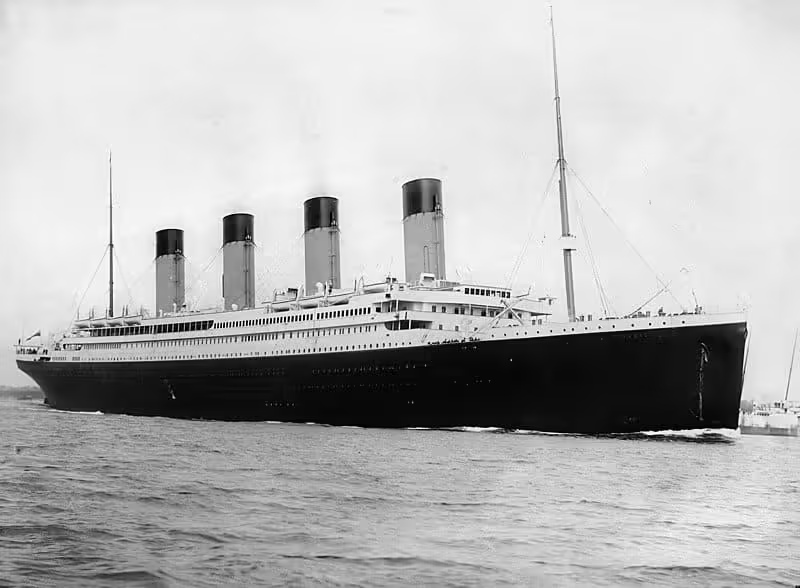
The Titanic as a Symbol of Human Endeavor
The Titanic stands for human ambition and dreams of progress. Its legacy reminds the world of balancing innovation and humility and perfection in safety and technology.
TITANIC COMMUNITY
Titanic Enthusiasts and Historians
Titanic Societies and Clubs
Thousands of Titanic clubs and societies worldwide come together to unite lovers and historians of the ship in preserving its history. These organizations organize events, publish studies, and act as avenues for knowledge.

Academic Research and Publications
Gradually, academic research into the Titanic is on the increase. Scholars find time to research diverse aspects of the calamity. Books and articles in journals update readers on a better understanding about the historical context of the ship and its transcending relevance.
Online Communities and Forums
Facebook Groups
Titanic Page. Have a great number of social media groups and pages dedicated to the Titanic. Such communities are suitable for information exchange, theories discussions and connection with others interested in the history of the ship.
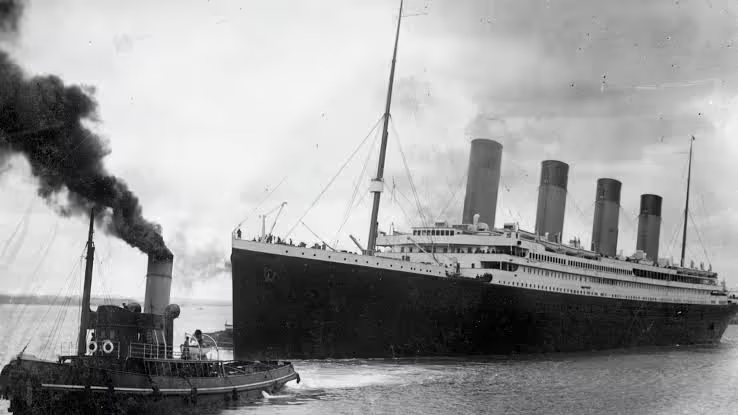
Websites and Online Resources
There are websites and other resources online that boast vast archives of Titanic-related information, such as lists of passengers, photographs, and primary-source documents. That can be a precious source for researchers and enthusiasts alike.
- Technological Developments in the Study of Titanic
- Contemporary Exploration Tools
- Underwater Submersibles and ROV
- Robin Ineson / May 27, 2019
- Some of the recent underwater exploration technologies employed include submersibles and remotely operated vehicles or ROVs. They are used to study the Titanic wreck in great detail. These technologies provide detailed photographs and data that better enable people to understand the event.
- 3D Mapping and Virtual Reality
3D mapping and virtual reality technologies have transformed the research of Titanic. It gives an illusion experience to the instruments; people can walk around the shipwreck and see adjacent areas that were previously unavailable.
Future Expeditions and Studies
Future Projects
The future expeditions to the Titanic wreck will find more information about the ship and its last moments. These projects will keep on adding to the knowledge available and preserve the history of this site for future generations.
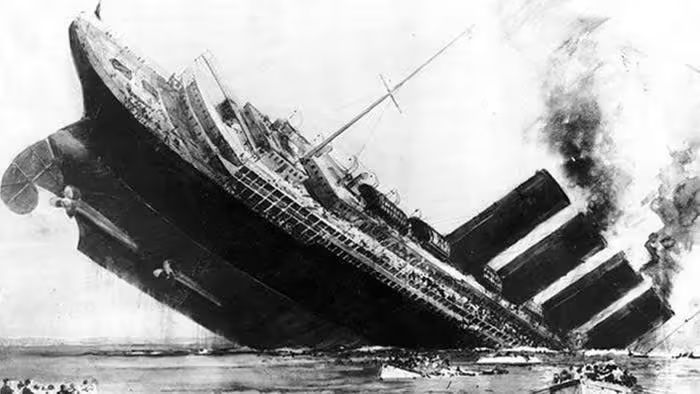
Speculated Findings
As technology improves and research is being further advanced, the public will certainly see even more discoveries concerning the Titanic. These discoveries will also spur continued interest in the ship and its saga.
Conclusion
Coupled with technological ambition, human drama, and sad loss, the story of the Titanic resonates in the hearts of people across the globe. The cultural representation, historical research, and ongoing technological improvements in this respect will ensure that it lives on.
The lessons drawn from the Titanic paint an image of relativity wherein progress goes accompanied with humility, and, most importantly, the resilient human spirit pushing on to overcome adversity.
FAQs
Why does the Titanic capture the attention of people over a century later?
The story of the Titanic combines technological wonder, human drama, and tragic loss. In that sense, its story echoes through generations. This infatuation persists with new discoveries, cultural representations, and lessons.
What were the primary reasons for the sinking of the Titanic?
The Titanic sank due to a combination of factors which include speed of the ship in the area of icebergs, lifeboats in limited numbers, and not listening to iceberg warnings among others. Structural weaknesses and human errors also contributed to the disaster.
What impact has the discovery of the Titanic wreck had on science today?
The wreck of the Titanic has advanced underwater exploration technologies, providing a wealth of data valuable for marine archaeology. It has also fueled growing interest in deep-sea exploration and in preserving historical shipwrecks.
Which of the following is still now one of the most popular myths about the Titanic?
There are also popular myths about the sinking of the Titanic that include the notion that the vessel is ‘unsinkable,’ that opening the tomb of a mummy brings a curse, and the conspiracy theory that the Titanic actually was swapped with its sister ship, the Olympic. Such myths add mystery but have been dispelled by historians.
In what ways has the Titanic influenced modern maritime safety regulations?
Perhaps it is through the loss of the Titanic that things changed in maritime safety regulations. In effect, better safety in life onboard and at sea regulation was established by the International Convention for the Safety of Life at Sea. Several improvements in the requirement for proper lifeboats, at least some safety drills, and improved emergency communication protocols were established.




